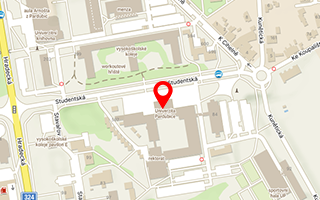Publikace detail
Comparative Analysis of Energy Storage and Buffer Units for Electric Military Vehicle: Survey of Experimental Results
Autoři:
Pham Ngoc Nam | Bloudicek Radim | Leuchter Jan | Rydlo Stanislav | Dong Quang Huy
Rok: 2024
Druh publikace: článek v odborném periodiku
Název zdroje: BATTERIES-BASEL
Název nakladatele: MDPI
Místo vydání: BASEL
Strana od-do: nestránkováno
